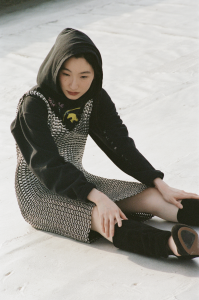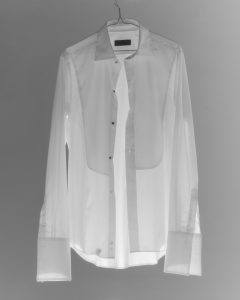William Kroll tells Port about his British denim brand Tender and how he’s bringing vintage inspiration and workwear aspiration to those who value craft
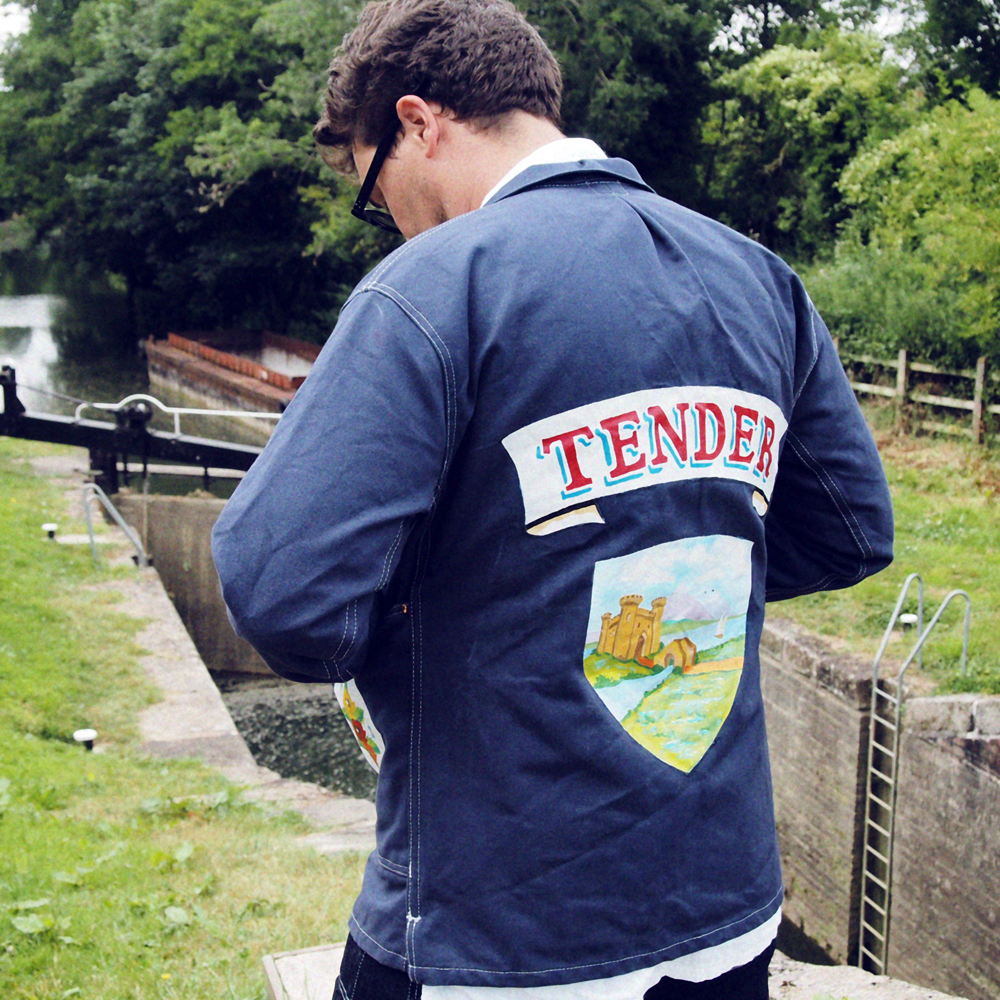
After studying tailoring on Savile Row and several years at a Japanese denim company, William Kroll began looking into British traditions in workwear, tailoring and manufacturing. Kroll found himself drawn to the age of steam engines, an inspiration that informs both the design and the name of Tender (the tender of a steam train holds its fuel and water) – the clothing brand he has run since 2010.
Beyond steam trains, tenderness also encapsulates Kroll’s approach to design. Each garment is individually constructed by artisans using traditional techniques for hand-dying and production. The resulting pieces are unique and bear marks of what Kroll describes as a ‘perfect imperfection’. Each item is characterised by the individual craftsman’s actions in production, a traditionally British approach to the Japanese concept of wabi-sabi (the beauty of imperfection). Here, Chris Chasseaud speaks with Kroll about his inspirations, design process and the slow-fashion movement.
How did your interest in vintage clothing play a part in your decision to set up Tender?
I wouldn’t consider myself a hardcore vintage guy and I’m certainly not the most knowledgeable, but I’ve actually learned a lot about vintage clothes since I started Tender. For me, vintage starts in the early 20th century and mostly relates to casual, sports, or workwear. I come from a tailoring background so have looked a lot at 18th and 19th-century techniques. I studied with a Savile Row tailor and cutter during college, and seeing things made in a way that related exactly to historical garments felt really exciting.
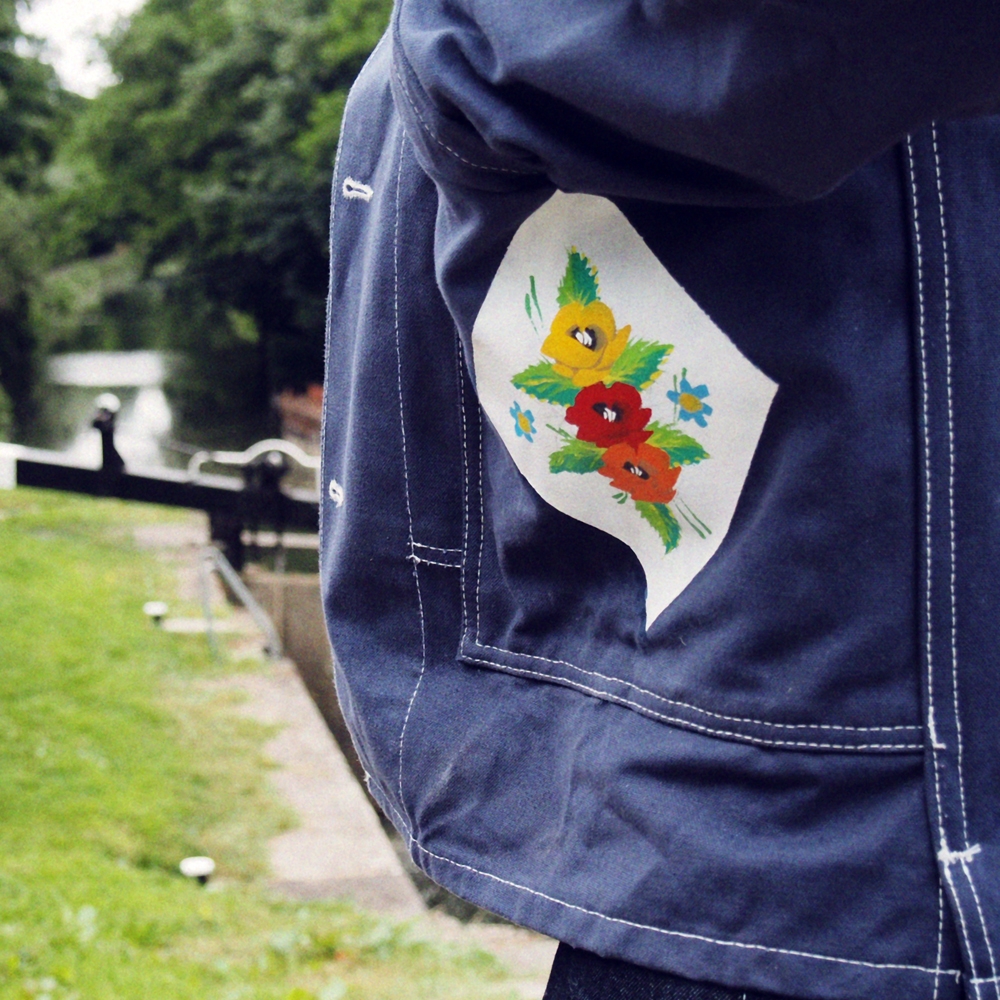
Did you always plan to extend your collection beyond clothing to include products?
The growth of Tender has been very organic from the beginning and continues to be so. I didn’t have a long-term plan… I still don’t. The things that I’ve produced aside from clothing since the first season have just been a reflection of what seemed interesting at the time or a reflection of the people whom I’ve met along the way. Things like ceramics, brass, and glass were originally going to be on a different, special products website, but the mainline stockists were interested in them too, so they’re now a permanent part of the collection.
How much satisfaction do you take from the idea that your garments and products will be used by people for many years to come?
It’s lovely to know that people really form relationships with the products I make. One of the nicest things is when I see photos of worn and used items, or when I get garments back for repairs a couple of years down the line. I’m fixing up some broken seams on a couple of pairs of jeans at the moment that were sent back by a very good customer and old friend of the brand. They’re from the second and third seasons, back in 2011, and he’s been wearing them continuously since then.They’re beautifully faded and worn… they feel so personal and different in character from when they first went out.
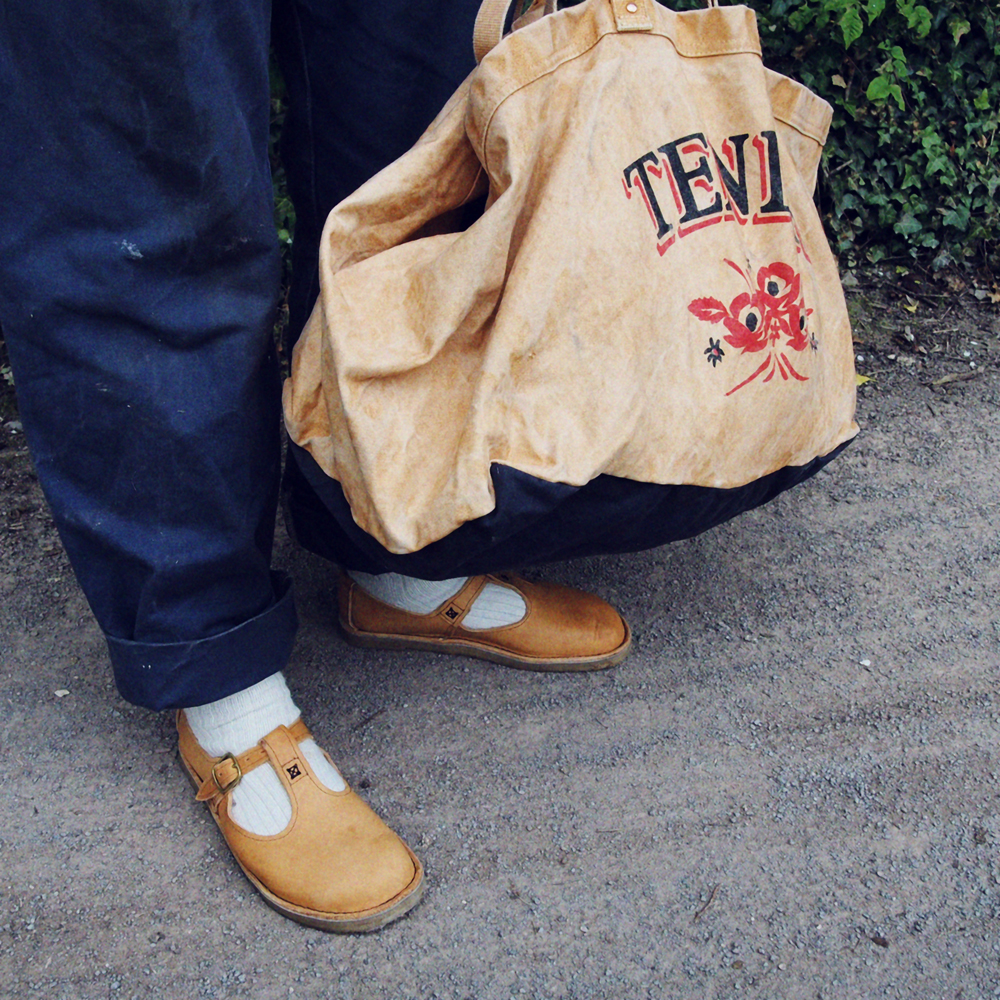
Would you consider yourself to be part of the ‘slow-fashion’ movement, rejecting mass production and choosing to make your products by hand?
I’d rather not consider myself to be part of any movement. I try to approach what I do on its own terms. I don’t necessarily have a problem with mass production, but as a small brand I’m in a stronger position to do something interesting on a small level than I would be if I was trying to compete with bigger companies.
I think it’s all about controlling your process. If you’re a huge company and can scale production in your own factories to make exactly what you want, to the right quality, while maintaining respect for the people producing the garments, then that’s similar to what I’m doing with a tiny production made by a handful of individuals. The problems with mass production exist when you’re dealing without accountability or through faceless sourcing offices where you can’t trace or understand what’s being made in your name.
You have a lot of stockists in Japan – why do you think your products have so much appeal there?
I’m really lucky to have some great relationships with fantastic shops in Japan who have supported my brand from the beginning. There’s an infrastructure of small shops and their customers are all over Japan, which really responds to the kind of products I like to make. It’s not just a Japanese thing though; I work with really great shops all over the world, all doing things independently and in a really interesting way.


